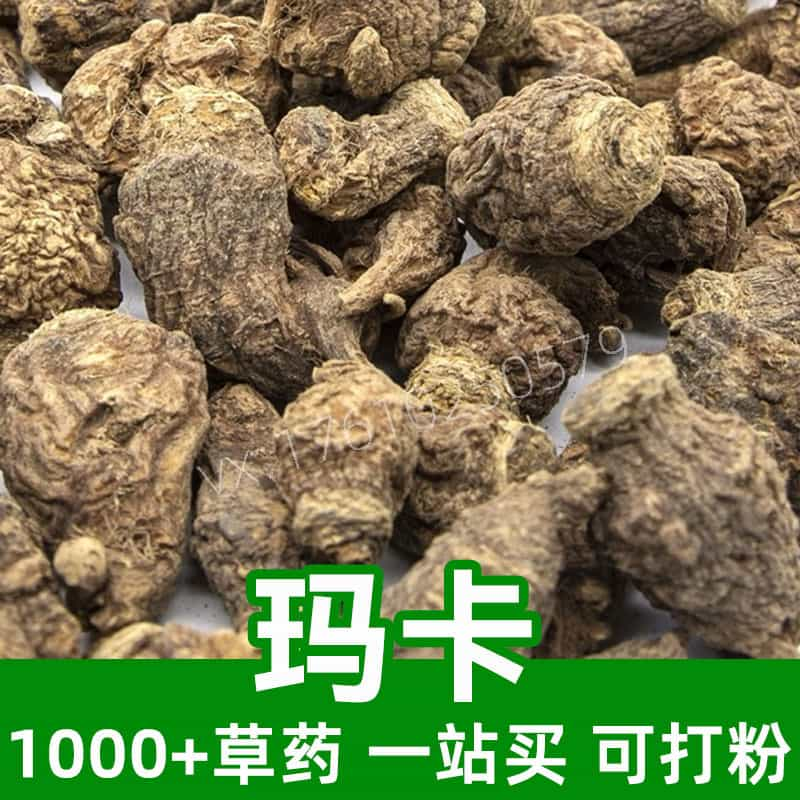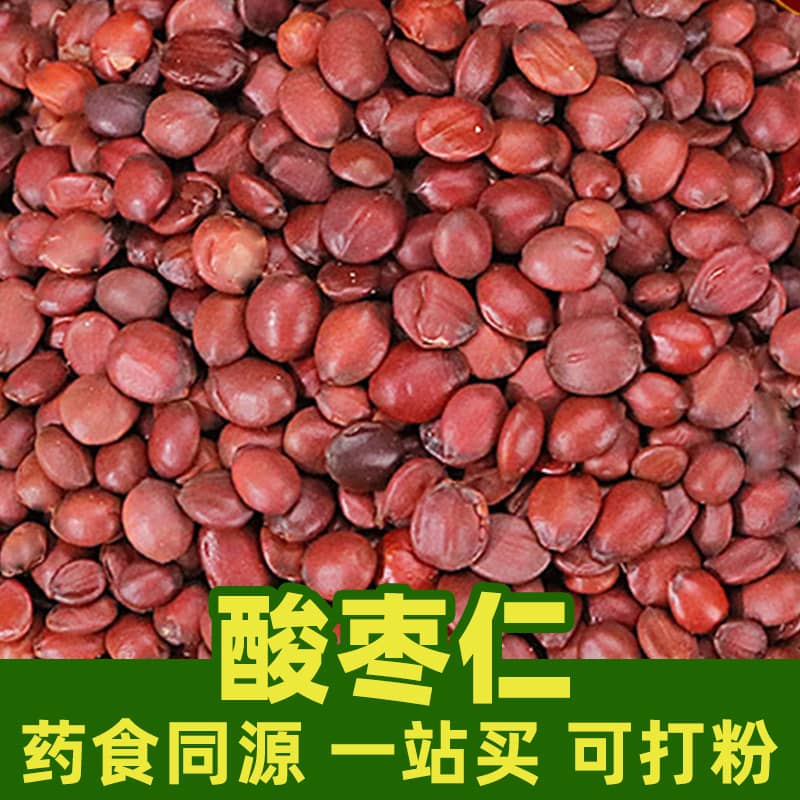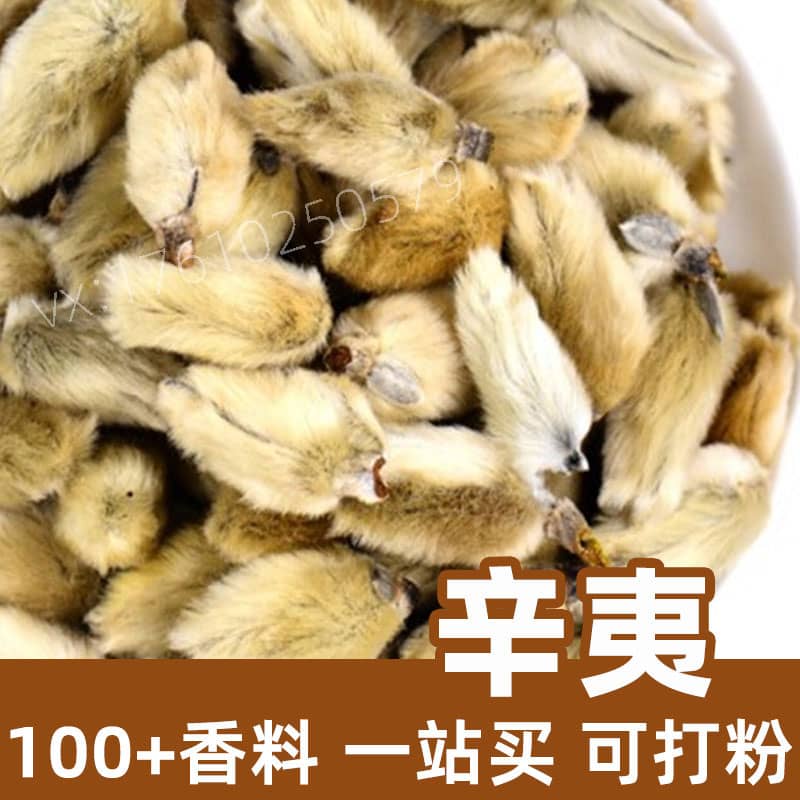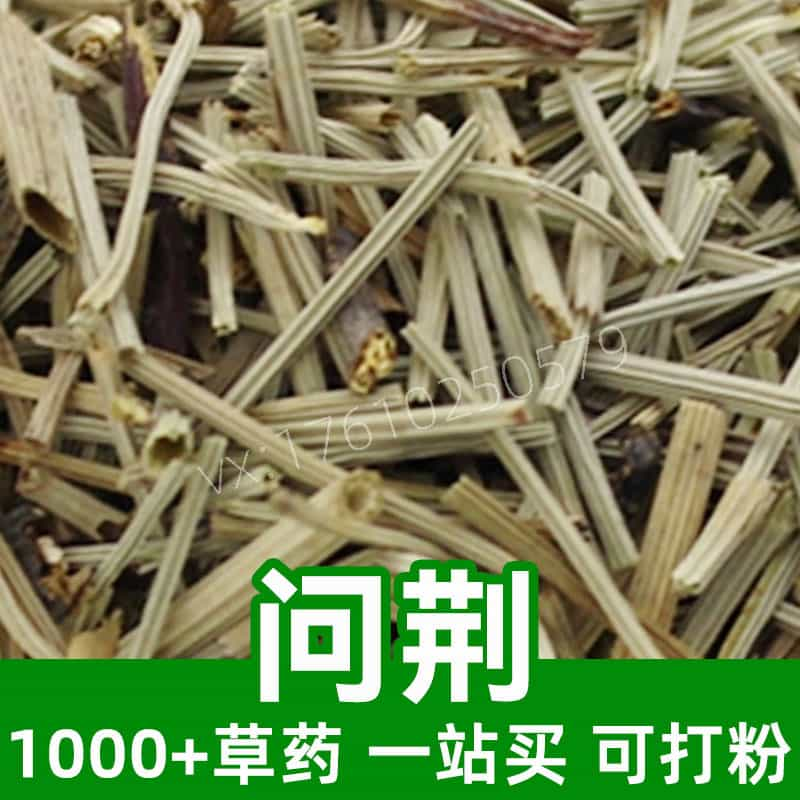Black Walnut Product Overview
Black walnut, also known as black hickory or mountain walnut, is a plant product with rich nutritional value. Its main components include fats, proteins, carbohydrates, fiber, Vitamin E, riboflavin, and other nutrients. Originating from the walnut family, it is primarily found in North America, with smaller populations in Europe and Asia. Black walnut is widely used in food, health supplements, and medicinal fields. In traditional Chinese medicine, it is believed to nourish the kidneys, strengthen the Yang, replenish liver blood, and promote bone and muscle health. The fruit is round or oval-shaped, with a hard shell that is black or dark brown, and the nut inside resembles the shape of a brain, encased in dark skin.
Main Active Ingredients of Black Walnut
Black walnut is a plant product with a variety of active components, including:
- Fats: Rich in unsaturated fatty acids like linoleic acid, linolenic acid, and oleic acid, which are beneficial for cardiovascular health.
- Proteins: High in protein, which is an essential nutrient for growth, development, and tissue repair.
- Carbohydrates: Provide energy for the body and maintain normal metabolic functions.
- Fiber: Supports digestive health, helping to prevent constipation and other digestive issues.
- Vitamin E: A potent antioxidant that helps protect cells from oxidative damage and slows aging.
- Riboflavin (Vitamin B2): Involved in energy metabolism, and helps maintain skin and vision health.
- Minerals: Contains calcium, magnesium, zinc, and other minerals that support bone health, nerve conduction, and immune function.
- Anthocyanins and Flavonoids: Strong antioxidants and anti-inflammatory compounds that help prevent cardiovascular diseases and certain cancers.
- Polyphenols: Includes compounds such as tannic acid and quercetin, which have anti-inflammatory, antibacterial, and antioxidant effects.
- Synergistic Effects: The various chemical components of black walnut work together to promote health, enhance vitality, and prevent disease.
Black Walnut Applications and Dosage
Black walnut is used widely in traditional Chinese medicine and food industries. Below are its primary applications and dosage recommendations:
- Traditional Chinese Medicine Applications:
- Nourishing and Rejuvenating: Black walnut is believed to strengthen the kidneys, replenish blood, and relieve constipation. It is often used in tonic formulas for general well-being.
- Bone and Muscle Health: Traditionally, black walnut is used to strengthen bones and muscles, benefiting those with weakness, sore lower back, or knees.
- Liver and Kidney Health: Black walnut is believed to help treat dizziness, blurred vision, and weakness associated with liver and kidney insufficiency.
- Blood and Worm Treatment: The shells and nuts of black walnut are used in herbal formulas to replenish blood and expel parasites.
- Food Industry Applications:
- Edible Nut: The nut of black walnut can be eaten as a snack or used in various pastries and desserts, offering a rich taste and nutritional value.
- Baked Goods: Black walnut can be added to baked goods, such as cookies and bread, to enhance flavor and nutrition.
- Flavoring: Black walnut can be made into sauces or oils to enhance food flavor and aroma.
- Health Supplements: Black walnut extracts are commonly used in dietary supplements, such as capsules or tablets, to provide nutrition and boost overall health.
Dosage and Usage:
- Traditional Medicine Decoction: Use an appropriate amount of black walnut shells or nuts, decoct them in water, and drink 1-2 times per day for tonifying and blood purging benefits.
- Edible Nuts: Consume black walnut nuts directly in moderation each day as a snack or ingredient.
- Baking Additive: Grind black walnut nuts into powder and incorporate into flour for baking, adjusting the amount according to personal taste and recipe.
- Supplement Intake: Follow product instructions or doctor’s advice, typically taking 1-2 capsules of black walnut extract daily, 1-2 times per day.
When using black walnut, pay attention to individual health conditions and potential drug interactions. Avoid excessive use or prolonged high doses, which may lead to adverse effects. It is recommended to use under the guidance of a doctor or nutritionist.
Black Walnut Plant Source, Distribution, and Growing Environment
Black walnut, scientifically named *Juglans nigra*, is a plant species in the walnut family and a common large deciduous tree. The following provides detailed information about its source, distribution, and growing conditions:
- Source Plant Introduction:
- Scientific Name: *Juglans nigra*.
- Common Name: Black Walnut.
- Other Names: American Black Walnut, Eastern Black Walnut.
- English Name: Black Walnut.
- Product Characteristics:
- Appearance: The black walnut tree is large and deciduous, with gray-brown bark, a thick trunk, and an oval-shaped crown.
- Leaves: The leaves are compound, consisting of 5-9 leaflets, dark green in color, with a distinct aroma.
- Fruit: The fruit is a nut with a hard shell, round or oval-shaped, and a deep brown kernel inside.
- Distribution:
- Native Region: Black walnut is native to the eastern parts of North America, primarily found in the broadleaf forests of the eastern United States and southern Canada.
- Introduced Regions: Apart from North America, black walnut has also been introduced to other regions such as Europe, Asia, and Australia.
- Growing Conditions:
- Climate: Black walnut thrives in warm and humid climates. It has a strong cold tolerance and is adaptable to temperature changes.
- Soil: The tree is not overly particular about soil, but prefers deep, fertile, well-drained soils and is tolerant of a wide range of pH values.
- Growth Habits: Black walnut requires full sunlight for optimal growth. It grows slowly and has a long maturation period before producing fruit.
- Main Distribution Areas:
- North America: It is mainly found in the eastern United States and southern Canada, particularly in regions along and east of the Mississippi River.
- Other Regions: Black walnut is also grown in Europe, Asia, and Australia.
In summary, black walnut is a large deciduous tree native to North America, preferring warm, humid climates and fertile, well-drained soils. It is found in the broadleaf forests of eastern United States and southern Canada, with some cultivation in other parts of the world.
Black Walnut Harvesting, Processing, and Storage
Harvesting, processing, and storing black walnut are critical steps in ensuring the quality and nutrition of the product. Below are the relevant details:
- Harvesting:
- Harvesting typically occurs when the fruit is fully ripe, usually in the fall. Ripe fruits are identified by their hardening shells, which change from green to yellow-brown, and by the sound of the seed inside when shaken.
- Fruits can be picked from the tree or gathered after falling naturally.
- Processing:
- After harvesting, the nuts need to be processed to extract the kernels. First, the shells are removed, usually by cracking them open with tools. The kernels are then taken out.
- The extracted kernels are cleaned to remove any remaining fruit flesh and shell fragments.
- After cleaning, the kernels are dried until they reach an appropriate moisture level. Care must be taken to avoid direct sunlight and damp conditions during drying to maintain quality.
- Storage:
- Dried black walnut kernels should be stored in a cool, dry, and well-ventilated place to prevent moisture and mold growth.
- Kernels can also be sealed in airtight bags or containers and kept in a cool, dry location to extend their shelf life.
- To prevent oxidation, desiccants or food-grade preservation bags can be placed in storage containers.
Monica Sun is a seasoned expert in the natural raw materials industry, with over a decade of experience specializing in traditional Chinese medicinal herbs, spices, and fungi. She is skilled in the sourcing, processing, and application of these materials, emphasizing sustainability and innovation. Monica Sun has contributed to the development of high-quality natural raw materials that serve as essential components in functional foods, pharmaceuticals, and cosmetics, delivering tailored solutions to meet diverse market needs.















